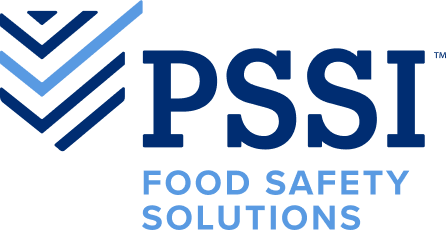Verification Testing Supports Sanitation Process Effectiveness in High-Risk Areas
Data is the difference between hoping your plant is clean and knowing your plant is clean.
That’s why testing and documentation are central elements of our approach at PSSI. Not only as part of our daily sanitation process and reporting, but it is a major cornerstone in how we hold ourselves accountable and continue advancing the science behind our products and sanitation processes.
We go above and beyond the traditional ‘check the box’ approach investing in sophisticated testing strategies to ensure our process is effective, with the data to back it up.
Specifically in the case of the COVID-19 outbreak, our team of microbiologists and food safety specialists responded quickly to develop new SOPs for communal areas to protect our partners and our own team members. As a new virus with a high and dangerous spread rate, it required a calculated and expertly defined approach. So in addition to following CDC recommendations, regulatory requirements and scientific literature to develop a plan, we took the extra step to conduct our own third-party testing to validate the effectiveness of our process as we do in many other situations.
Our goal in doing so was to provide detailed documentation to our partners demonstrating that our sanitation measures are effective in removing the SARS-CoV-2 virus from non-production areas within a food facility. This type of data helps eliminate fear and uneasiness, providing leadership and frontline employees with the intelligence needed to continue operating confidently.
The testing included a random sampling of 36 swabs across high-traffic areas inside a PSSI partner facility following the Eurofins VIRSeek Instructions specific to COVID-19. This included common area tables, vending machines, restrooms, stairway handrails, breakroom chairs and more. Samplers swabbed 12 locations, each at three time points. Swabs were collected prior to PSSI sanitation, after PSSI sanitation, and after a fogging/misting event with samplers following all safety precautions to aseptically collect swabs for surface testing. The swabs were then shipped to a third-party testing facility.
The screening results showed that the virus was ‘not detected’ in 100% (36/36) of the high-touch-point surfaces sampled. Thus, it was conclusive that SARS-CoV-2 was not found on any high-touch-point surfaces in common areas of the food facility, before or after sanitation measures.
“Even when faced with new challenges where there aren’t a lot of clear answers, we seek to find them,” said Jake Watts, VP of Food Safety for PSSI. “This is the type of data not only helps us operate confidently and lead new solutions but also gives our partners a higher level of confidence in knowing our solutions are validated.”
Without the right data to back up sanitation strategies and execution, you are left with hope. And with lives on the line, that is a risky bet. A tested, validated approach can help you operate safely and confidently every day.

